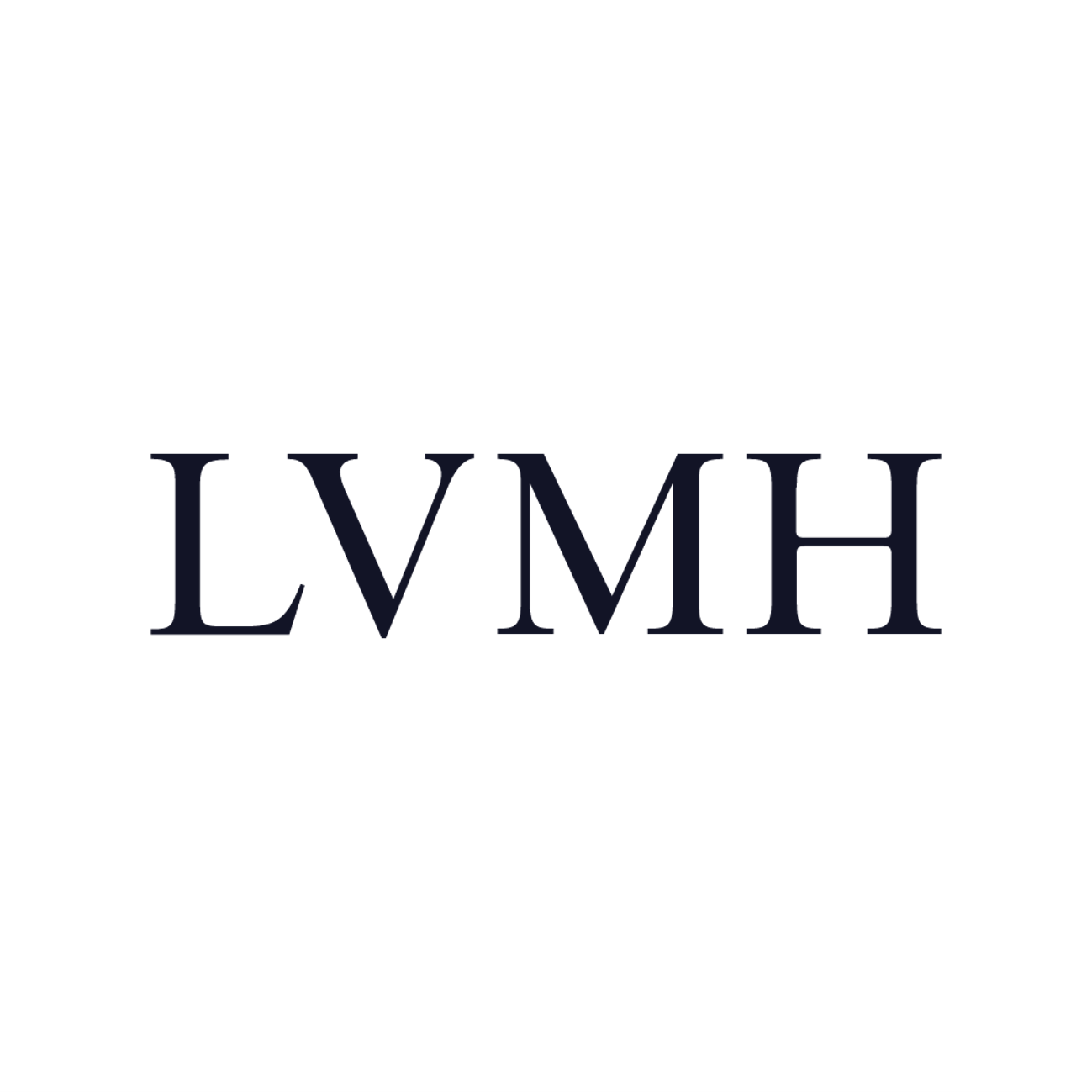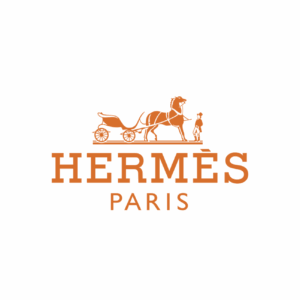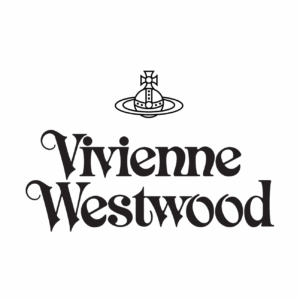Luxury fashion’s value chain is equally intricate, but it pivots on craftsmanship and raw-material provenance rather than silicon and servers. From cashmere herds in Mongolia to tanneries in Italy and ateliers in Paris, the chain spans agricultural practices, animal welfare, artisanal workshops, and high-end retail. Stella McCartney, Hermès, Vivienne Westwood, and the LVMH group signal the industry’s tension between exclusivity and sustainability: they rely on rare, sometimes resource-intensive inputs, yet their brand equity increasingly depends on credible climate action and ethical sourcing.
Comprehensive life-cycle assessments, regenerative agriculture pilots, and circular business models such as up-cycling ateliers and resale platforms are redefining what “luxury” means. Brands that pair long-lasting design with transparent impact labelling lead the conversation; those clinging to opaque supply chains and exotic skins face mounting scrutiny from regulators and Gen-Z consumers alike. As with tech, the ability to trace emissions and biodiversity footprints through tiers of suppliers—and to innovate with bio-based or recycled alternatives—will separate tomorrow’s icons from yesterday’s maisons.
LVMH
The Art of Crafting Dreams
Criteria
Carbon Footprint: 2.75/5
LVMH has committed to reducing its carbon footprint by 50% by 2026 and become net-zero by 2050. Though it invests in green energy and sustainable materials, the firm’s extensive global operations and dependence on leather products create a significant carbon footprint.
Ecological Impact: 4/5
LVMH has partnered with organizations such as the Ellen MacArthur Foundation and the Science Based Targets initiative (SBTi) to increase sustainability. The organization is increasing the use of regenerative agriculture for leather and textiles. However, some of its luxury products are still founded on resource-intensive raw materials.
Energy Consumption: 4/5
The firm is growing its usage of renewable energy and aims to power all production sites with 100% renewable energy by 2030. However, transparency about its full energy usage across supply chains remains limited.
Freight Density: 3/5
As a global luxury giant, LVMH operates long supply chains to procure material and distribute goods. While local manufacturing is highlighted in some of its brands, most emissions still come from transport.
Recycling Rates: 3/5
LVMH has made progress in recycling luxury materials, particularly through upcycling initiatives at brands like Stella McCartney and Louis Vuitton. However, much of its leather accessories and high-end fashion items still do not have take-back programs or circular economy strategies.
Saving Levels: 4/5
By promoting the highest-quality, durable products, LVMH is advocating for a slow fashion movement. The brand invests in durable craftsmanship, indirectly reducing waste. However, the frequent release of seasonal collections may still contribute to overproduction.
Specific Product Monitoring: 3/5
LVMH has launched environmental impact labelling for certain products, particularly in brands like Dior and Louis Vuitton. However, the lack of full transparency in all product lines makes it impossible to assess the overall effect of its whole portfolio.
Supply Chain Weight: 3/5
The group has tried to reduce production waste by more efficient resource management and limited-series collections. However, high-speed luxury fashion and exclusivity-driven production models of production continue to generate high levels of textile and material waste.
Sustainability Scorecards: 4/5
LVMH consistently receives recognition for its environmental commitments, including sustainability awards. However, compared to sustainability leaders like Patagonia or Stella McCartney, the group still faces challenges in achieving full circularity and transparency.
Water Management: 2.5/5
LVMH has put in place water conservation measures, particularly on the dyeing of textiles and tanning of leather. The group has made reduction goals, but detailed public reporting on its water usage remains limited.
Ratings
Stella McCartney leads in sustainable luxury, excelling in ecological impact, recycling, and responsible material sourcing, setting industry benchmarks for ethical fashion. Hermès scores high on craftsmanship and durability, supporting slow fashion, but lacks transparency and strong circular economy efforts.
Vivienne Westwood is a vocal advocate for sustainability, yet needs to improve transparency and consumer recycling initiatives.
LVMH has ambitious goals, including carbon reduction and renewable energy use, but its large-scale operations and reliance on resource-intensive materials make full sustainability challenging. While all brands are making progress, Stella McCartney remains the most forward-thinking in environmental responsibility.
- Stella McCartney: 4.3/5
- Hermès: 3.7/5
- Vivienne Westwood: 3.7/5
- LVMH: 3.4/5
ESCP Business School Team
Research developed by five curious international ESCP Business School students who have worked together to successfully complete their consulting project. They analysed four brands in four different categories -24 brands: electric cars EV, dairy products, computers, personal care, luxury apparel, fast fashion-, according to 10 environmental criteria.
- Alix AMMEUX: Dairy Products
- Hanna AMSELLEM: Electrical Vehicles
- Leonardo BERTINI COLLA: Computers
- Zackary BOISNEAULT: Personal Products
- Ariane DESPRES: Luxury Apparels
- Caterina GIUSTINIANI: Fast fashion
Sources
- Hermès – Activity Report 2023
- Sustainable Development | Hermes | Hermès USA
- Our Commitments | Stella McCartney UK
- StellaMcCartney_ImpactReport_2023_4.pdf
- Universal registration document 2023
- Sustainability | Vivienne Westwood®
- Fashion Transparency Index : Fashion Revolution





0 Comments